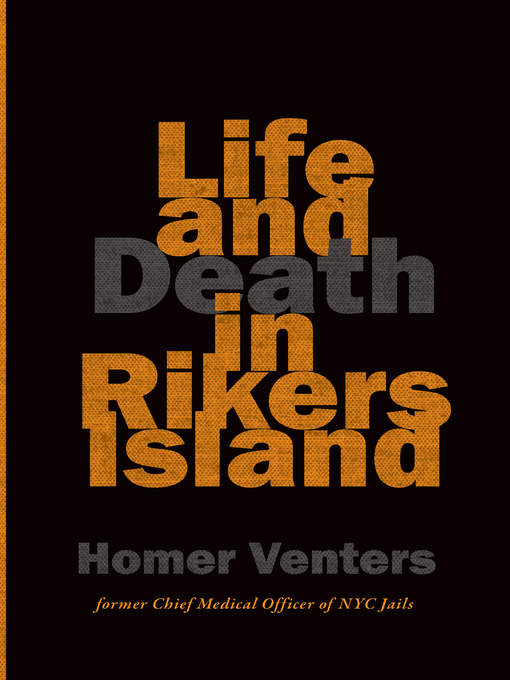Shining a light on the deadly health consequences of incarceration.
Finalist in the PROSE Award for Best Book in Anthropology, Criminology, and Sociology by the Association of American Publishers
Kalief Browder was 16 when he was arrested in the Bronx for allegedly stealing a backpack. Unable to raise bail and unwilling to plead guilty to a crime he didn't commit, Browder spent three years in New York's infamous Rikers Island jail—two in solitary confinement—while awaiting trial. After his case was dismissed in 2013, Browder returned to his family, haunted by his ordeal. Suffering through the lonely hell of solitary, Browder had been violently attacked by fellow prisoners and corrections officers throughout his incarceration. Consumed with depression, Browder committed suicide in 2015. He was just 22 years old.
In Life and Death in Rikers Island, Homer Venters, the former chief medical officer for New York City's jails, explains the profound health risks associated with incarceration. From neglect and sexual abuse to blocked access to care and exposure to brutality, Venters details how jails are designed and run to create new health risks for prisoners—all while forcing doctors and nurses into complicity or silence.
Pairing prisoner experiences with cutting-edge research into prison risk, Venters reveals the disproportionate extent to which the health risks of jail are meted out to those with behavioral health problems and people of color. He also presents compelling data on alternative strategies that can reduce health risks. This revelatory and groundbreaking book concludes with the author's analysis of the case for closing Rikers Island jails and his advice on how to do it for the good of the incarcerated.

